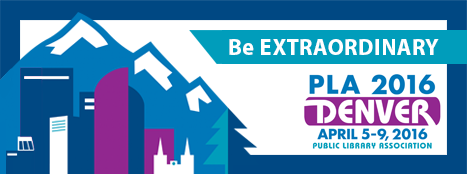Parisa Samaie, Los Angeles Southwest College
Friday, November 4th - 11:15 - 12
Play is critical to child development and unfortunately children with special needs are often participating in storytime and playgroups because most library events are overwhelming for them.
Frank D. Lanterman Regional Center is one of 21 centers, she previously worked at one of these nonprofit libraries.
Fantastic session! Great info. about the amazing services these libraries offer and all the dirt on how they started their therapeutic toy collection - all the goods on cataloging, cleaning, and more!
If interested, read more below .....
Notes:
(photos of slides) - still working on how to get out of my phone.
No play inside the Library (did not want to be liable). Cleaning between each. Policies for all, liability.
Used categories instead of dewey. Looked for adaptive toys (can be hooked into a button - good for limited mobility).
Used "Music and Movement" program, certificate trademark program offered, use instruments, body, music, mind.
Larger "fine motor skills toys" - larger pieces to help develop muscles.
Social - example birthday cake toy
Language - sequencing farm soy - helps with language
Cause and effect - promotes language, example rolling ball toy (we have!), child follows the ball. Sharing facts about play and the toy itself what we / why we are using.
Emotions - Rina's emotion dolls! Medical set, scared of doctors, kits help children learn about situation coming up. Dentists, dr. optometrist.
Vehicles - all categories (fall under other categories area). Did not orignaly have a vehicle category. The families ask for vehicles (any). Boys and girls all love cars and trains and planes. Easy just for access. Over 100 offered.
Purchased about 100 toys. Cataloged marc record, no dewey, age of toy (toy for 2 plus as ex.), parents to see toys and choose.
Renewed grant, now purchased over 500 toys. More than could fit into cabinets. Moved into storage (individual boxes). Each box has a label (dramatic play or cause and effect). Rotate stock of what is out on floor.
Toys stored in plastic bag or box. Used tags (cd tags inside bag). Use a uv santizing wand. They also use dishwashers. Use lysol and paper towel. Options for cleaning.
Toys matched with program or playgroup. Have a play expert on staff. 6-8 week curriculum. Open free registration for clients. Color, shapes, storytime, etc.



